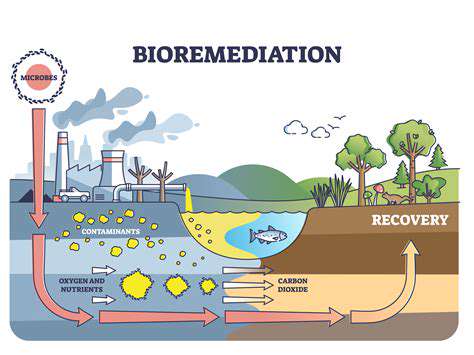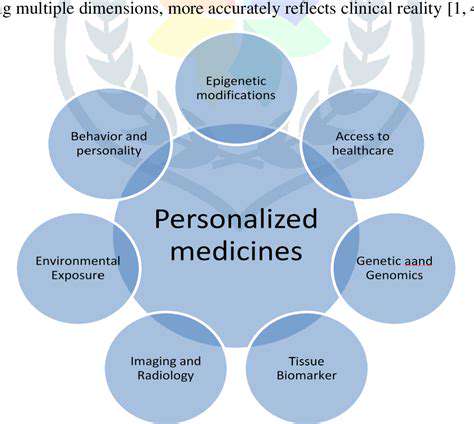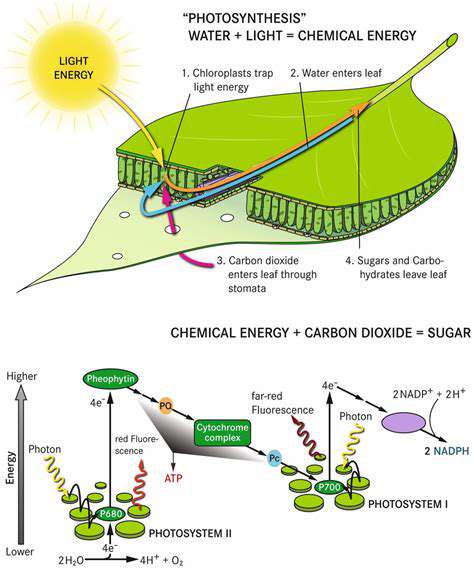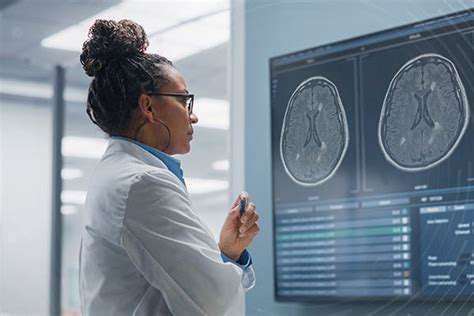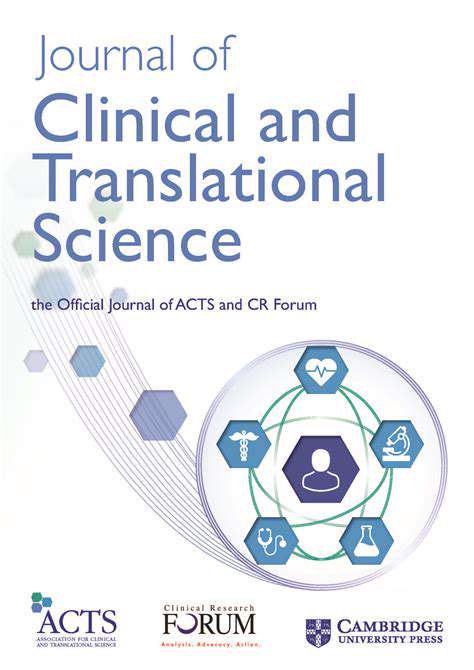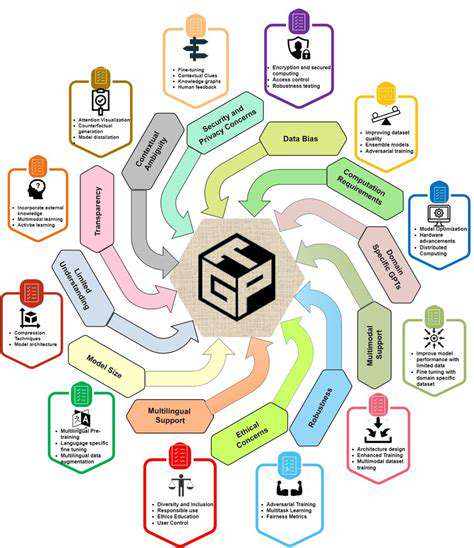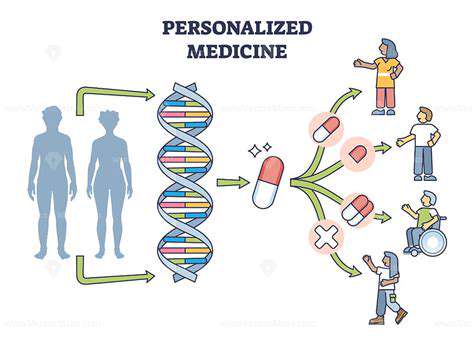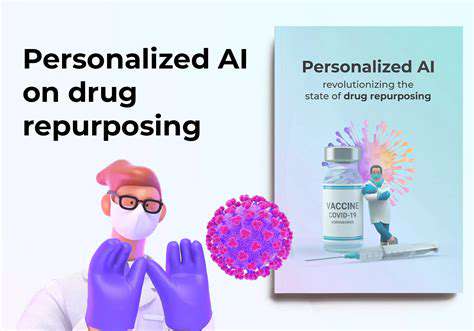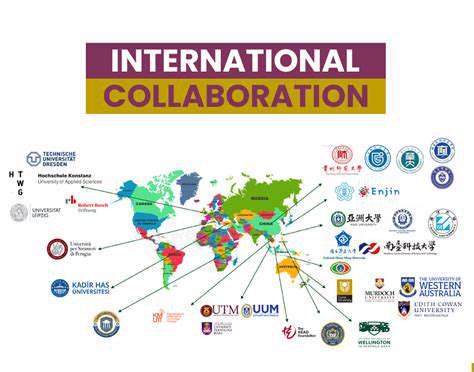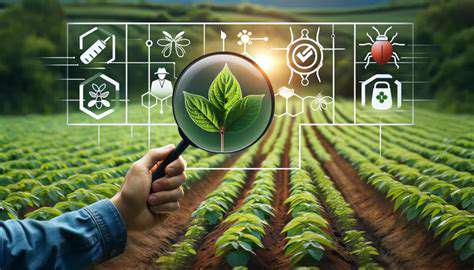Synthetic biology, a rapidly evolving field, combines engineering principles with biology to design and construct new biological parts, devices, and systems. This innovative approach allows scientists to reprogram existing biological systems or create entirely new ones, offering unprecedented opportunities for tackling global challenges. By understanding the fundamental building blocks of life and how they interact, synthetic biologists can engineer organisms with enhanced capabilities, leading to breakthroughs in various industries.
Central to this field is the concept of modularity, where biological components can be combined and reconfigured to achieve desired functions. This approach facilitates the development of complex biological systems, much like assembling electronic circuits from individual components. This modularity and the ability to precisely control biological functions are key drivers in the advancement of this field.
Green Chemistry Principles in Action
Green chemistry, a complementary field, focuses on minimizing the environmental impact of chemical processes. It emphasizes the use of sustainable solvents, renewable feedstocks, and catalytic processes to reduce waste and pollution. The principles of green chemistry can be seamlessly integrated with synthetic biology, enabling the design of bio-based products and processes with significantly reduced environmental footprints.
One crucial aspect of this integration is the development of biocatalysts for specific reactions. By engineering microorganisms to produce desired enzymes or metabolites, synthetic biologists can create environmentally friendly alternatives to traditional chemical processes. This approach reduces the reliance on harmful chemicals and minimizes the generation of hazardous byproducts.
Applications in Sustainable Production
Synthetic biology and green chemistry offer exciting possibilities for sustainable production of various materials and chemicals. For example, bio-based polymers can be engineered to possess specific properties, such as strength, elasticity, or biodegradability. This approach reduces reliance on petroleum-based plastics, which have significant environmental concerns.
Furthermore, synthetic biology can be applied to create bio-factories that produce valuable chemicals using renewable feedstocks. This approach could significantly reduce the environmental impact of chemical manufacturing, providing a more sustainable alternative to traditional chemical synthesis. These bio-factories could be optimized for specific desired outputs, further increasing their potential.
Challenges and Future Directions
While the potential of synthetic biology and green chemistry is immense, significant challenges remain. One critical area is the development of robust and reliable methods for designing and constructing complex biological systems. The intricate nature of biological processes necessitates meticulous design and careful consideration of potential unintended consequences. Overcoming these challenges is crucial for realizing the full potential of this approach.
Furthermore, the ethical implications of altering biological systems must be carefully considered. As this field progresses, robust ethical guidelines and regulatory frameworks are essential to ensure responsible development and application. Addressing these challenges will pave the way for future breakthroughs and widespread adoption of these innovative technologies for a greener future.
The Quantum Internet envisions a revolutionary leap forward in communication, transcending the limitations of classical networks. Instead of relying on bits, this future network utilizes qubits, the fundamental units of quantum information. This allows for the transmission of data with unprecedented speed and security, opening doors to applications previously considered impossible. Imagine a world where secure communication is effortless, global data transfer occurs instantaneously, and complex computations are performed at unimaginable speeds. This quantum leap in communication technology promises to reshape our understanding of information processing.
